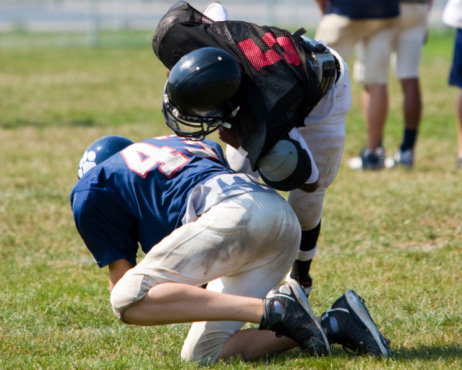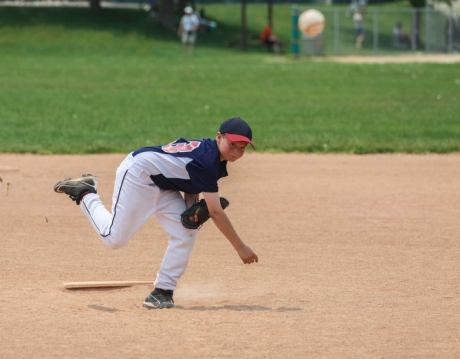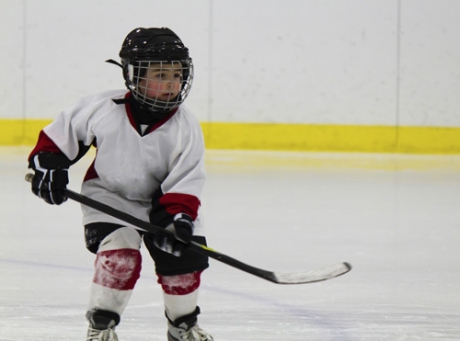We have all heard the saying Hope Springs Eternal, which is taken to mean that people will continue to hope although it seems unlikely. Well, we can all hope that Spring will bring eternal health, happiness, and the joy of life back to us after weathering the last several months in quarantine.
It appears as though our elected officials are testing the waters, allowing some access to parks and the great outdoors. Even the golf courses are open!
That being said, within a short period of time after a delayed golf season being declared, the phone starts to ring with golf injuries. Be mindful that for the last few months most people have been a combination of lounge lizard and couch-potato…you need to ease into the roll of Tigger and slow your roll to avoid injuries.
Most golf injuries are a result of poor mechanics and overuse. Non-golfers do not understand that you use your entire body to execute a golf swing in a complicated, coordinated movement. It truly is a sport and not just a hobby.
Most common injuries in golf
- Back pain
- Elbow tendonitis
- Rotator cuff
- Shoulder pain
- Knee pain
- Wrist pain
You may want to play a round of air golf before you hit the course. Similar to air guitar, this is practicing your swing motion without the club in hand. This will loosen up your joints and muscles to the once familiar swing motion. Warming up before playing any sport is essential.
Working on your mobility can ward off evil injuries. Stretching and rotating your knees, hips and lower back as well as your neck and shoulders feels wonderful and is a great help. Balance plays a big part in your game and your safety. Work on your core strength and cross body coordination as well as the oblique muscles needed for your ultimate torso rotation/swing.
Playing a full 18 holes requires a lot of repetitive movements, putting stress on the same muscles, tendons, and joints time after time. To try and avoid injuries:
- Ease into the 18-hole game with a shorter one at first.
- Dress for success with proper footwear and appropriate clothing for the weather
- Don’t forget your sunscreen, sunglasses and a hat
- Warm up for 10-15 minutes to stretch and increase your range of motion
- Be mindful of posture- poor posture leads to back, neck and shoulder pain
- Brace yourself if certain body parts tend to be weak and need support
If you are experiencing pain apply ice/a cold pack for 15-20 minutes at a time to reduce inflammation, every 3 hours if possible. You can use heat when inflammation subsides. Rest it out, take an anti-inflammatory or analgesic if allowed.
If the pain does not diminish within a few days to a week, you might be wise to visit an Orthopedic Specialist to rule out serious or chronic injuries.
Be smart and maintain social distancing and wear your mask as long as it is recommended. The golf course may be open, but life is not quite back to normal yet.
Think well, live well, be well.
Dr. Marshall P. Allegra
879 Poole Avenue, Hazlet New Jersey, 07730
Phone: (732) 888-8388
Dr. Marshall P. Allegra is a board-certified orthopedic surgeon in private practice in Monmouth County for over 25 years. As an experienced diagnostician, Dr. Allegra can expertly determine injuries, and then determine the best treatment options to return you back to your normal life, restoring functionality and range of motion as quickly as possible and avoiding long term implications.







